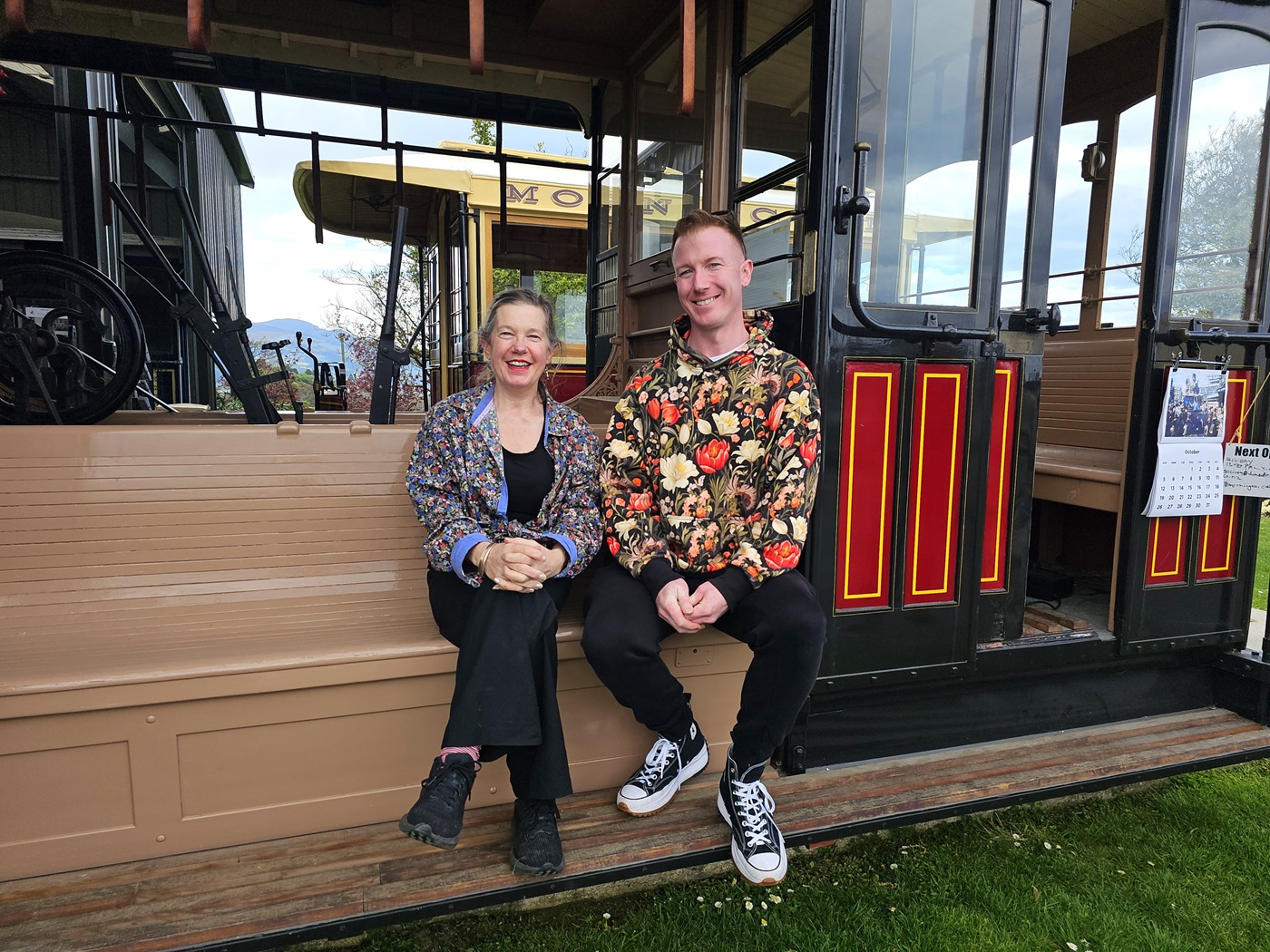
Ambitious plans to re-establish the Mornington cable car line have been greeted with interest by a national organisation.
The Dunedin Heritage Light Rail Trust has a long-term vision for a revived Mornington cable car that would not only be a major tourist attraction but also provide a public transport option for local residents.
In 1883, the Mornington cable car line opened, travelling about 1.6km up High St to Mornington.
It remained in operation until 1957.
Trust chairwoman Gina Browne said a "grip car" connected the passenger car to a cable inset in a deep channel between the two rails.
"At the cable house, you would have your big cable wheels and tension wheels that would keep the cable running.
"Back in the day it would go at about 10kmh."
The tension and constant motion kept the cable in the channel.
Braking systems included a slipper brake, as well as a wooden block pushed down on the rails that could slow the cable car.
"Of course, the wooden block had to be replaced every couple of weeks because it would wear out."
For steep sections, in particular on the Roslyn and Kaikorai lines, an extra brake called a fell brake could be used.
This was "just in case they thought that they were going to run away".
A Dunedin engineer named George Smith Duncan invented the pull curve, an innovation that enabled a cable car to negotiate a curve without letting go of the cable.
"The engineering is pretty amazing," Ms Browne said.

Fronz represents about 70 rail or tramway-related groups, including operators on the main KiwiRail network such as Dunedin Railways as well as tramway or train museums.
Mr Tollan has long been a rail enthusiast, becoming a member of the Pleasant Point Museum and Railway in Timaru while he was still a child.
"I was 8 when they caught me putting stones on the railway line and that is how I got involved.
"My mother joked it was the longest community work sentence ever."
Organisations such as the Dunedin Heritage Light Rail Trust kept an important part of a city’s history alive, he said.
"It is one thing to see an old photo, but it is another thing to actually be able to climb over a grip car and think, ‘oh God, this used to go down whatever street it went down’."
He was thrilled to hear about the trust’s long-term plans to re-establish a cable car line.
"It just takes the people with the drive and the commitment to really to push it and show why it matters."
The idea was ambitious, but it was achievable.
"A prime example is Christchurch.
"The easiest thing they could have done after the earthquake was just rip out all the tram tracks but the council saw it as being a real valuable asset so they kind of worked with the tramways to relay and extend their loop so they can deliver an even better experience."
Re-establishing the cable car line would take a "hell of a lot of work".
"But, you know, you have got to start somewhere, nothing is going to happen if no-one is dreaming or pushing that."















